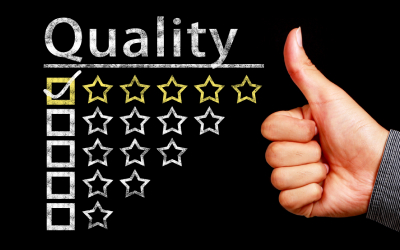The Census bureau is our nation’s “public square” for gathering and distributing data pertaining to the U.S. population. We are all familiar with the census that takes place every ten years. That is just the beginning. In fact, the census bureau data includes most of the fundamental datasets that businesses, researchers, and government agencies use to gauge progress and guide policy.
The census bureau makes a great deal of data available to the public. It goes further to help everyone make sense of it and put it to good use. The site is chock full of tools, maps and visualizations, webinars, training materials and more. Visit Data Tools and Apps for a library of archived resources on population, demography and trends. Visit the Academy where small businesses and entrepreneurs can glean marketplace insights into getting their brainchild off to a good start. In all, it is certainly a worthwhile place to begin framing an audience targeting need that can be discussed, evaluated and satisfied.
Census Bureau Data Puts On A New Face
A new web experience will be implemented as of July 1, 2019: Explore Census Data. A range of topics covering detailed datasets are already available. One is housing occupancy. Go to Housing and choose Selected Housing Characteristics. There, you will find customizable tables, interactive maps and reference pages that reveal the percentage and total number of occupied housing units in the entire U.S., broken down by ownership versus rental, plus many details surrounding the physical plan of the structures and household circumstances of the occupants.
From the sidebar of that same page visit the Financial Characteristics map view to see HH incomes with respect to ownership/rental rates by regions, states, metro areas, even individual school districts.
Marketing professionals across the spectrum of industries and organizations tend to recognize the potential of a vast data reservoir when they see it. They may be surprised to learn which are the fastest growing cities. Or dive into the Post Secondary Employment Outcomes which is a new program that explores earnings and employment as it relates to degree level, major, and post grad study. If the percent of workers age 16 and over who walk to work in the New York – Newark profile interests you, you’re in luck. It’s all there in the Census Bureau data. The challenge is sifting through all that data and putting it to work. Delving into census.gov should help them appreciate what’s involved to find and organize the data into usable form.
That’s where target marketing list professionals come in. Direct marketers must never lose sight of the fact that the list accounts for at least 50% of response. In consultation with an experienced marketing data professional, the data can become a precise mailing list. In combination with a meaningful message containing an offer or request, it will resonate with a well-defined audience. Something to think about on your walk to work.




